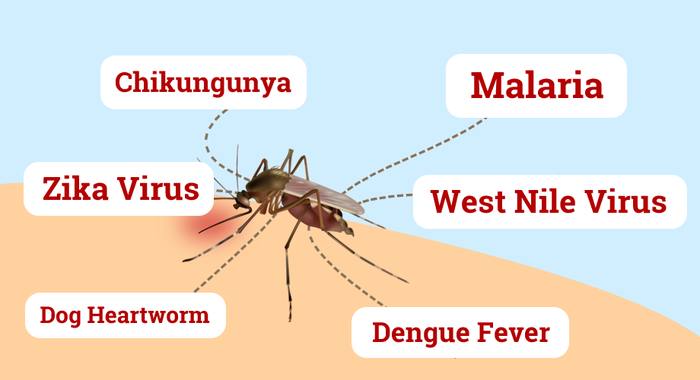
Despite public health efforts to control the disease in the past 40 years, dengue epidemics have increased in frequency and magnitude as both the mosquito vectors and the viruses have continued to expand their geographic distributions. The disease thus imposes significant economic and public health costs in endemic countries.

Major epidemics in large tropical urban centers result in significant morbidity and mortality, especially in resource-poor countries where epidemics often create chaos and a break down in primary healthcare as hospitals and clinics become overloaded. An estimated 500,000 cases of dengue hemorrhagic fever and 20,000 deaths occur annually, mostly among children.

A second infection with a heterologous serotype puts people at greater risk for dengue hemorrhagic fever and dengue shock syndrome, the severe and potentially lethal forms of the disease.

As a result, a single individual may be infected up to four times during in their lifetime. Each serotype confers lifelong protective immunity only to itself, and infection with one serotype does not give long-term protection against the others. The disease is caused by 4 distinct virus serotypes (DENV-1, DENV-2, DENV-3, DENV-4). Dengueĭengue is the most common vector-borne viral disease, with an estimated 400 million people infected each year. High quality disease and vector surveillance data, reliable diagnostics, trained staff and coordinated application will be required at a local, national and international level to reverse this worrying trend. The potential economic impact of these Aedes-transmitted diseases is an important issue. There are a number of other arboviruses that can be transmitted by Aedes (Stegomyia) aegypti mosquitoes should they emerge from their natural, enzoonotic cycle into the urban environment as dengue, yellow fever, Zika and chikungunya have done. Co-circulation of different Aedes-transmitted viruses has potential consequences yet to be fully understood. Yellow fever outbreaks in urban centers, in Africa in 2016 and in Brazil in 2016-2018, highlight the continued risk of epidemic yellow fever to global public health. Neurological complications from Zika virus infection led the World Health Organization (WHO) to declare a public health emergency of international concern in February 2016. Zika and chikungunya have caused explosive epidemics in the Americas after recent introductions from Asia. The reemergence of these Aedes-transmitted viruses has been a cause of global concern over the past decade. They have adapted to breeding in urban environments, which increases the magnitude and impact of outbreaks. The mosquitos that transmit these diseases, Aedes aegypti and Aedes albopictus, feed throughout daylight hours, with peaks of activity in the early morning and late afternoon. Dengue, in particular, is now endemic in more than 120 countries with over half the world’s population at risk of infection. Population growth, urbanization, international travel and geographic expansion of mosquitoes have driven epidemics of Aedes-transmitted viruses, including dengue, Zika, chikungunya and yellow fever. Over the last few decades, diseases transmitted by the Aedes mosquito have spread rapidly.


 0 kommentar(er)
0 kommentar(er)
